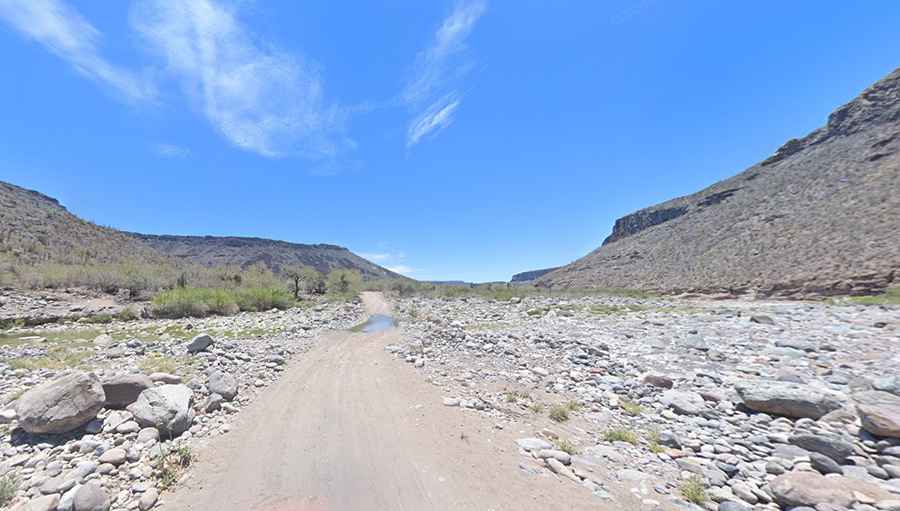How to Get to Mission San Francisco Javier by Car?
Misión San Francisco Javier de Viggé-Biaundó is a Spanish mission located on Mexico’s Baja California Peninsula.

Why is Mission San Francisco Javier Famous?
Misión San Francisco Javier de Viggé-Biaundó is probably the jewel in the crown of Baja California Peninsula’s missions, thanks to its architecture and history. It was one of the 27 Jesuit missions built across Baja in the 1700s when Mexico was under Spanish rule. These missions were established to convert the native peoples to Catholicism. Mission San Javier was originally built in 1699 by Francisco María Píccolo. The region was called "Viggé Biaundó" by the native peoples, meaning "high lands in the height of a ravine." Its location between the mountains made it an extremely difficult place to establish a mission. It was later moved to its current location in 1744 by Padre Ugarte due to conflicts with the natives in the area after settling. The construction of the church was completed in 1758. Today, it is one of the best-preserved missions in Baja.
How Long is the Road to Mission San Francisco Javier?
The road to Mission San Francisco Javier, often referred to simply as Mission San Javier, is called The Royal Road. It is part of a historic corridor that follows the ancient route of the Spanish missions. It’s 104 km (65 miles) long, running from Loreto, a city on the Gulf of California, to Santo Domingo.
How Challenging is the Road to Mission San Francisco Javier?
The road runs through the rugged mountains of the Sierra de la Giganta and canyons and is divided into two distinct parts. The northern part, from Loreto to the mission, is completely paved and not particularly challenging. It has a few steep sections, and you will gain about 1,400 feet in elevation. The southern side, from the mission to Santo Domingo, is very demanding. It’s completely unpaved, with narrow parts and steep sections, and it is especially dangerous after rains, as the road crosses arroyos (streams) several times. A vehicle with high clearance is required.